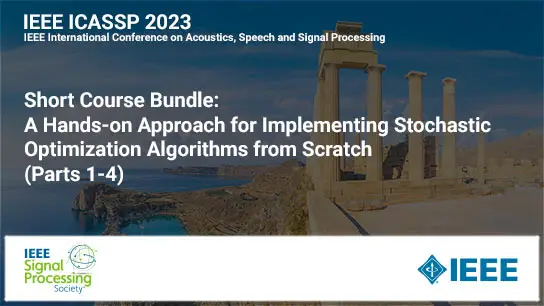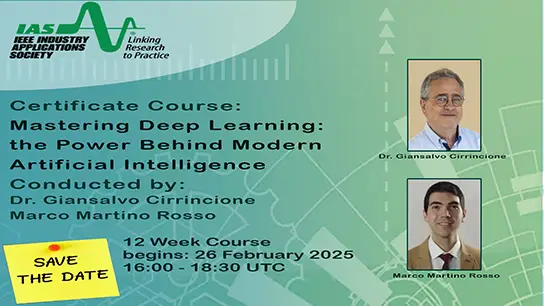-
Members: FreeSPS
IEEE Members: $11.00
Non-members: $15.00Pages/Slides: 87
10 Oct 2022
With the rapid progress of recent years, techniques that generate and manipulate multimedia content can now provide a very advanced level of realism. The boundary between real and synthetic media has become very thin. On the one hand, this opens the door to a series of exciting applications in different fields such as creative arts, advertising, film production, video games. On the other hand, it poses enormous security threats. Software packages freely available on the web allow any individual, without special skills, to create very realistic fake images and videos. These can be used to manipulate public opinion during elections, commit fraud, discredit or blackmail people. Therefore, there is an urgent need for automated tools capable of detecting false multimedia content and avoiding the spread of dangerous false information. This talk aims to present an analysis of the methods for visual media integrity verification, that is, the detection of manipulated images and videos. Special emphasis will be placed on the phenomenon of deepfakes and on modern data-driven forensic methods to fight them. The analysis will help highlight the limits of current forensic tools, the most relevant issues, the upcoming challenges, and suggest future directions for research.


